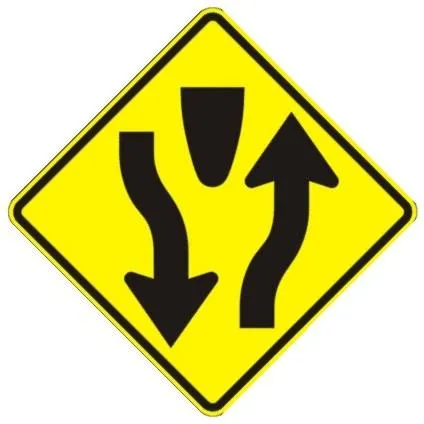Digital divide entrenched in poverty

Communities with large low-income populations usually also display very low degrees of Internet connection. Most statistics hinted at this relationship, but a recent study, "Poverty stretches the digital divide," from The Media and Broadband Project at American University's Investigative Reporting Workshop, shows the stark numbers.
Using recent FCC data plus the U.S. Census Bureau's American Community Survey, the project found that:
"The lack of a broadband connection puts people at a profound disadvantage.
"People without access, who are likely to be lower on the economic ladder, fall further and further behind, widening the 'digital divide' between rich and poor."
Poverty and lack of Internet are not, of course, evenly scattered across the country. Southern states, the U.S. Mexican border and some communities with high rates of immigration suffer the most. Specifically, "Southern states like Mississippi, Alabama, Arkansas and Tennessee have abysmal subscription rates, according to the analysis."
On the other hand, the Northeast, coastal California and Hawaii all have high rates of Internet use. But even here, generalities must be looked at carefully.
Take, for instance, the Bridgeport, Connecticut metro area. It is home to both one of the world's wealthiest populations, and some of the poorest in the U.S. According to the report, this results in a startling contrast:
"Wealthier households subscribe at a rate of 80 percent to 100 percent, while low-income areas of the city, some exceeding a 50 percent poverty rate, subscribe at a rate of 40 percent to 60 percent."
Speed Matters believes that both public and private sectors need to, and can, do more to ease the digital divide. The FCC should move forward expeditiously to convert its Lifeline low-income subsidy program to support broadband.
Poverty stretches the digital divide (Investigative Reporting Workshop, Mar. 23, 2012)
CWA members oppose AT&T’s attempts to stop serving rural and low-income communities in California
CWA urges FCC to deny industry attempts to loosen pole attachment standards
CWA District 6 reaches agreement with AT&T Mobility



